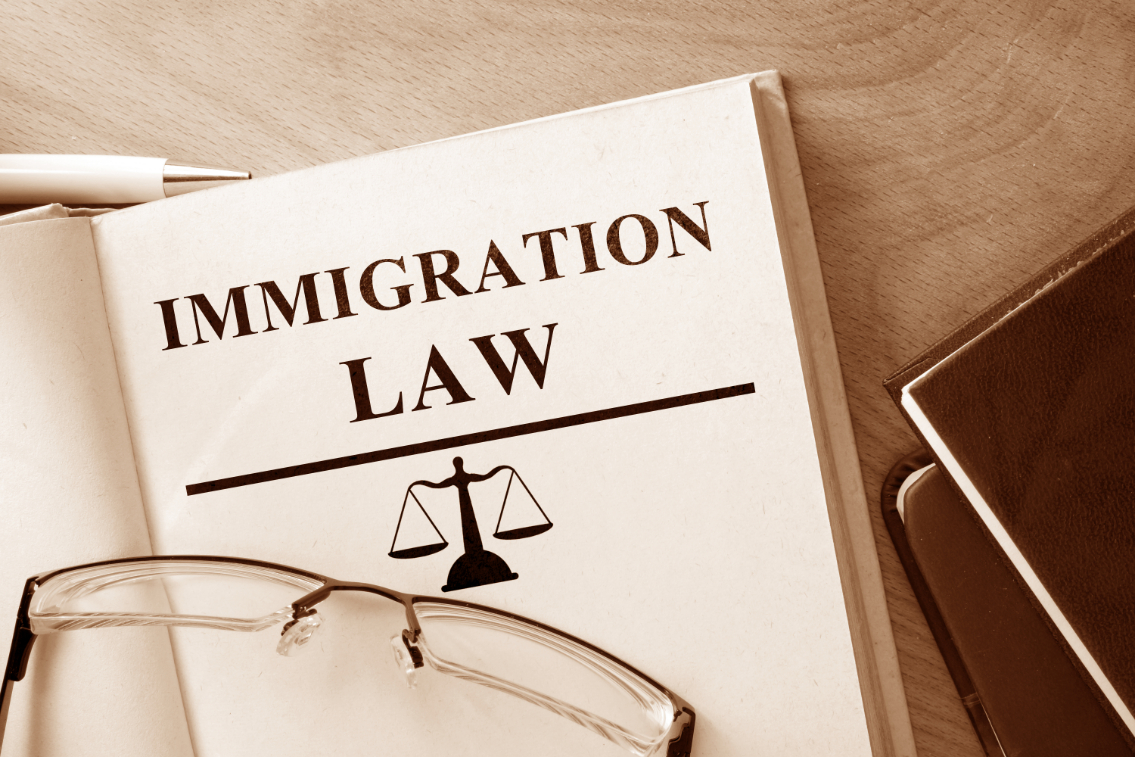The United States offers a range of visa programs that enable individuals from around the world to visit, work, study, or live in the country. Understanding the different visa options and their requirements is essential for those planning to travel to the United States.
What is a Visa and how can I get one?
A visa is an official document issued by the U.S. government that grants permission to enter, stay, or reside in the United States for a specific purpose and duration. According to the U.S. Department of State, people travelling to the U.S. for a temporary visit must apply for the appropriate visa from over 20 nonimmigrant visa types. Anyone coming to live permanently in the United States, must navigate a separate set of visa options.
Regardless of circumstance, the overall process to obtain a visa is similar. Here is an overview of the multi-step process:
- Determine the visa type: Identify the appropriate visa category based on the purpose of your visit, such as tourism, work, study, or family reunification.
- Complete the online application: Fill out the nonimmigrant visa application form (DS-160) available on the U.S. Department of State’s website.
- Schedule an interview: Pay the visa application fee and schedule an interview at the U.S. embassy or consulate in your home country.
- Attend the visa interview: Attend the interview, during which a consular officer will review your application and supporting documents.
- Pay the visa issuance fee: If approved, you may need to pay a visa issuance fee, depending on your nationality.
What are the different types of visas and what are they used for?
The main two categories are nonimmigrant and immigrant visas. Each has over a dozen more subcategories such as student, work, and travel visas. Here are some common visa categories:
- B-1/B-2 Visitor Visas: These visas are for temporary visits, including tourism (B-2) or business-related activities (B-1).
- F-1 Student Visa: For individuals enrolled in academic programs at U.S. educational institutions.
- H-1B Work Visa: Designed for skilled workers in specialty occupations who have job offers from U.S. employers.
- J-1 Exchange Visitor Visa: Enables individuals to participate in approved exchange programs for cultural or educational purposes.
- K-1 Fiancé(e) Visa: For foreign citizens engaged to U.S. citizens, allowing entry to the United States for the purpose of marriage.
- L-1 Intracompany Transferee Visa: Allows multinational companies to transfer employees to the United States for work.

